Home>Gardening & Outdoor>Landscaping Ideas>How To Repair Dry Grass
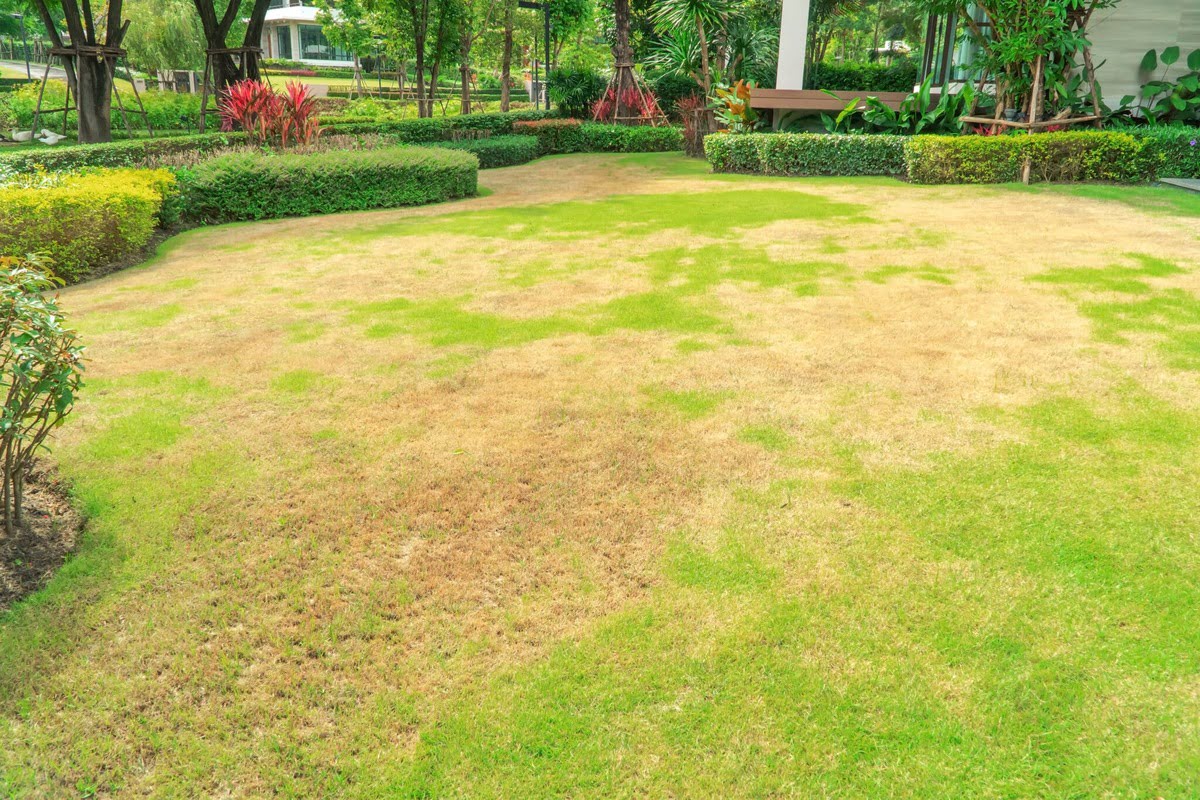

Landscaping Ideas
How To Repair Dry Grass
Modified: February 18, 2024
Learn effective landscaping ideas to repair dry grass and revive your lawn. Discover expert tips and techniques for restoring healthy, lush grass.
(Many of the links in this article redirect to a specific reviewed product. Your purchase of these products through affiliate links helps to generate commission for Storables.com, at no extra cost. Learn more)
Introduction
Welcome to the ultimate guide on how to repair dry grass. A lush, green lawn is a source of pride for homeowners, but dry, brown grass can be a source of frustration. Whether your lawn is suffering from heat stress, lack of water, or nutrient deficiencies, there are effective strategies to revive it and restore its vibrancy.
In this comprehensive article, we will delve into the common causes of dry grass, the essential steps to identify the underlying issues, and the best methods to repair and rejuvenate your lawn. By understanding the root causes and implementing targeted solutions, you can transform your dry, lackluster lawn into a healthy and thriving expanse of greenery.
So, roll up your sleeves and get ready to learn the secrets of nurturing and repairing dry grass. With the right knowledge and techniques, you can bring your lawn back to life and enjoy a revitalized outdoor space that enhances the beauty of your home.
Key Takeaways:
- Understanding the Factors
Dry grass can be caused by lack of water, nutrient imbalances, soil compaction, and environmental stress. Identifying these issues is crucial for effective repair and revival of your lawn. - Steps to Repair
Repairing dry grass involves a systematic approach, including aeration, dethatching, reseeding, targeted watering, balanced fertilization, and ongoing maintenance. By following these steps, you can bring your lawn back to life.
Read more: How To Dry Grass
Understanding Dry Grass
Before diving into the solutions for repairing dry grass, it’s crucial to understand the factors that contribute to its parched and lackluster appearance. Dry grass is often a symptom of underlying issues related to water, nutrients, soil health, and environmental stressors.
When grass lacks adequate moisture, it can quickly turn brown and brittle. This can occur due to insufficient watering, high temperatures, or prolonged periods of drought. In addition to water deficiency, nutrient imbalances in the soil can also lead to dry grass. Essential nutrients such as nitrogen, phosphorus, and potassium play a vital role in supporting healthy grass growth. When these nutrients are lacking, the grass may become dry, discolored, and prone to damage.
Soil compaction is another common issue that contributes to dry grass. Compacted soil restricts the movement of air, water, and nutrients, making it challenging for grass roots to thrive. Furthermore, environmental stressors such as excessive heat, poor air circulation, and inadequate sunlight can exacerbate the dryness of grass, making it more susceptible to damage.
By recognizing these underlying factors, you can take targeted measures to address the specific issues affecting your lawn. Understanding the root causes of dry grass is the first step toward implementing effective solutions that will promote its recovery and long-term health.
Identifying the Cause of Dry Grass
Diagnosing the cause of dry grass is essential for implementing the most effective repair strategies. By closely observing your lawn and considering various factors, you can pinpoint the specific issues contributing to the dryness of the grass.
One of the primary factors to consider is the watering regimen. Insufficient watering, irregular watering schedules, or overwatering can all lead to dry grass. Assess the moisture levels in the soil and observe the grass for signs of dehydration, such as wilting or discoloration. Additionally, consider the impact of environmental conditions, such as high temperatures and low humidity, on the water needs of your lawn.
Conducting a soil test can provide valuable insights into nutrient deficiencies that may be affecting the health of your grass. By analyzing the soil composition and nutrient levels, you can determine if imbalances are contributing to the dryness of the grass. Furthermore, assessing the soil’s compaction and drainage capabilities can reveal underlying issues that hinder healthy grass growth.
Observe the overall condition of the lawn, paying attention to areas that receive varying levels of sunlight and airflow. Poor air circulation, excessive shade, or inadequate sunlight can create microenvironments where grass struggles to thrive, leading to dry patches and discoloration.
Considering these factors collectively, along with any specific challenges unique to your lawn, will enable you to identify the primary causes of dry grass. Armed with this knowledge, you can proceed to implement targeted solutions that address the specific issues contributing to the dryness of your lawn.
Steps to Repair Dry Grass
Repairing dry grass requires a systematic approach that addresses the underlying issues while promoting healthy regrowth. By following these essential steps, you can effectively revitalize your lawn and restore its lush green appearance.
1. Assess the Extent of Damage: Begin by evaluating the overall condition of your lawn. Identify areas of dry grass, bare patches, and signs of stress. This assessment will guide your repair efforts and help you prioritize the areas that require immediate attention.
2. Aerate the Soil: Compacted soil restricts the movement of air, water, and nutrients, hindering grass growth. Use a core aerator to perforate the soil, allowing for improved air and water circulation. Aeration promotes healthier root development and enhances the soil’s ability to support thriving grass.
3. Remove Thatch and Debris: Thatch buildup and debris can smother the grass and impede its ability to absorb nutrients and water. Thoroughly dethatch the lawn to eliminate accumulated organic matter and create a favorable environment for new growth.
4. Reseed or Overseed: Depending on the severity of the dry patches, consider reseeding or overseeding the affected areas. Reseeding involves planting new grass seed in bare patches, while overseeding entails spreading grass seed over the entire lawn to promote denser, healthier growth. Choose high-quality grass seed that is well-suited to your region and the specific conditions of your lawn.
5. Implement Targeted Watering: Adjust your watering practices to ensure that the grass receives adequate moisture without being overwatered. Deep, infrequent watering encourages robust root development and helps the grass withstand dry periods. Consider using irrigation methods that deliver water evenly across the lawn to promote uniform growth.
6. Apply Balanced Fertilization: Fertilize the lawn with a balanced, slow-release fertilizer to replenish essential nutrients and support healthy grass growth. Select a fertilizer formula that addresses the specific nutrient deficiencies identified through soil testing, promoting the recovery of the grass.
7. Monitor and Maintain: Regularly monitor the progress of your lawn’s recovery efforts and adjust your maintenance practices as needed. Mow the grass at the appropriate height, address weed infestations promptly, and continue to provide the necessary care to sustain the rejuvenation of your lawn.
By following these steps and tailoring your approach to the unique needs of your lawn, you can effectively repair dry grass and cultivate a vibrant, resilient expanse of greenery that enhances the beauty of your outdoor space.
Water your dry grass deeply and less frequently to encourage deep root growth. Aerate the soil to improve water and nutrient absorption. Consider overseeding with drought-resistant grass species.
Watering Techniques
Proper watering is essential for maintaining the health and vibrancy of your lawn, especially when addressing dry grass. By employing effective watering techniques, you can ensure that your grass receives the moisture it needs to thrive while minimizing the risk of overwatering or underwatering.
1. Deep Watering: When watering your lawn, aim for deep penetration of the soil to encourage robust root development. Shallow watering can result in shallow root systems, making the grass more susceptible to dry conditions. Deep watering promotes stronger, more resilient roots that can access moisture stored deeper in the soil.
2. Infrequent Watering: Rather than frequent, light watering, opt for infrequent but deep watering sessions. Allowing the soil to partially dry out between watering intervals encourages the grass roots to grow deeper in search of moisture, enhancing their ability to withstand dry spells.
3. Time of Day: Water your lawn during the early morning hours, ideally before 10 a.m. Watering in the morning allows the grass to absorb moisture before the heat of the day, reducing the risk of evaporation and fungal diseases. Avoid watering in the evening, as prolonged moisture on the grass overnight can promote fungal growth.
4. Water Evenly: Ensure that water is distributed evenly across the lawn to promote uniform growth and prevent dry patches. Consider using sprinklers or irrigation systems that deliver consistent coverage, adjusting the positioning and timing as needed to achieve optimal results.
5. Monitor Soil Moisture: Regularly assess the moisture levels in the soil to determine when watering is necessary. Use a soil moisture meter or simply probe the soil with a screwdriver to gauge its dampness. Adjust your watering schedule based on the specific needs of your lawn and the prevailing weather conditions.
6. Consideration for New Seedlings: If you have recently reseeded or overseeded your lawn, pay special attention to watering the newly planted grass seed. Keep the soil consistently moist to support germination and early growth, ensuring that the seedlings establish themselves successfully.
By implementing these watering techniques and adapting them to the unique characteristics of your lawn, you can foster healthy, well-hydrated grass that exhibits resilience and lushness, even in challenging environmental conditions.
Read more: How To Revive Dried Grass
Fertilizing Methods
Fertilization plays a crucial role in replenishing essential nutrients, supporting healthy grass growth, and addressing the underlying causes of dryness in your lawn. By employing effective fertilizing methods, you can promote the recovery and rejuvenation of your grass, fostering a vibrant and resilient lawn.
1. Soil Testing: Before applying fertilizer, conduct a soil test to assess the nutrient levels and identify any deficiencies. Understanding the specific nutrient needs of your lawn will enable you to select the appropriate fertilizer and customize your approach to address the deficiencies effectively.
2. Selecting the Right Fertilizer: Choose a high-quality, balanced fertilizer that aligns with the nutrient requirements of your lawn. Look for a fertilizer formula that contains nitrogen, phosphorus, and potassium, as well as essential micronutrients. Consider slow-release fertilizers for sustained nutrient availability and minimal risk of leaching.
3. Application Timing: Apply fertilizer at the optimal times to maximize its effectiveness. Early spring and early fall are ideal for fertilizing cool-season grasses, while late spring and late summer are suitable for warm-season grasses. Avoid fertilizing during periods of drought or extreme heat, as this can stress the grass and impede nutrient uptake.
4. Uniform Application: Ensure even distribution of the fertilizer across the lawn to promote consistent nutrient uptake and growth. Use a calibrated spreader to apply the fertilizer, following the recommended application rates based on the specific formulation and the needs of your lawn.
5. Watering After Application: After applying fertilizer, water the lawn thoroughly to facilitate the dissolution of the nutrients and their absorption into the soil. This helps prevent the risk of fertilizer burn and ensures that the grass can access the nutrients effectively, promoting healthy growth and recovery.
6. Environmental Considerations: Be mindful of environmental factors when fertilizing your lawn. Avoid fertilizing near water bodies to prevent nutrient runoff, and consider using environmentally friendly, slow-release fertilizers that minimize the risk of impacting surrounding ecosystems.
By implementing these fertilizing methods and tailoring them to the specific needs of your lawn, you can effectively replenish essential nutrients, address nutrient deficiencies, and promote the vigorous growth and rejuvenation of your grass, resulting in a lush, healthy lawn that enhances the beauty of your outdoor space.
Overseeding
Overseeding is a valuable technique for rejuvenating a lawn that has been affected by dryness, bare patches, or thinning grass coverage. By introducing new grass seed to existing turf, you can promote denser, healthier growth and restore the lush appearance of your lawn. Here are essential steps and considerations for successful overseeding:
1. Choose the Right Seed: Select high-quality grass seed that is well-suited to your region, climate, and specific growing conditions. Consider factors such as sun exposure, soil type, and water availability when choosing the grass seed to ensure optimal compatibility with your lawn.
2. Prepare the Soil: Before overseeding, prepare the soil to create an optimal environment for seed germination and establishment. Thoroughly dethatch the lawn to eliminate accumulated organic matter, and consider aerating the soil to improve air and water circulation, facilitating the growth of new grass seed.
3. Seed Distribution: Spread the grass seed evenly across the entire lawn, paying particular attention to areas with thinning grass or bare patches. Use a calibrated spreader to ensure uniform coverage, and consider overseeding at a slightly higher rate to compensate for potential seed loss and ensure robust germination.
4. Soil Contact: After spreading the grass seed, ensure that it makes direct contact with the soil to facilitate germination. Rake the seed lightly into the soil or use a lawn roller to press it firmly into the ground, promoting optimal seed-to-soil contact and enhancing the likelihood of successful establishment.
5. Watering and Care: Keep the soil consistently moist to support the germination and early growth of the new grass seed. Implement a watering regimen that provides adequate moisture without saturating the soil, and monitor the overseeded areas closely to ensure that the seedlings thrive. Adjust your watering schedule based on the specific needs of the newly established grass.
6. Maintenance and Monitoring: As the overseeded grass begins to establish itself, continue to provide the necessary care and maintenance to support its growth. Adjust your mowing practices to accommodate the new seedlings, and address any weed infestations promptly to prevent competition for resources.
By incorporating overseeding into your lawn care regimen and tailoring the process to the unique characteristics of your lawn, you can rejuvenate dry, thinning grass and promote the development of a lush, resilient turf that enhances the beauty of your outdoor space.
Conclusion
Repairing dry grass is a rewarding endeavor that can transform a lackluster lawn into a vibrant, healthy expanse of greenery. By understanding the underlying causes of dryness and implementing targeted solutions, you can revitalize your lawn and create an outdoor space that enhances the beauty of your home. Here’s a recap of the key points covered in this comprehensive guide:
- Understanding the Factors: Dry grass can result from a variety of factors, including water deficiency, nutrient imbalances, soil compaction, and environmental stressors. Recognizing these underlying issues is essential for effective repair.
- Identifying the Causes: Conduct a thorough assessment of your lawn to pinpoint the specific factors contributing to dry grass, such as inadequate watering, nutrient deficiencies, soil compaction, and environmental challenges.
- Steps to Repair: Implement a systematic approach to repair dry grass, including aeration, dethatching, reseeding or overseeding, targeted watering, balanced fertilization, and ongoing maintenance to support the rejuvenation of your lawn.
- Watering Techniques: Adopt effective watering practices, such as deep watering, infrequent watering, strategic timing, and uniform water distribution, to ensure that your grass receives the moisture it needs to thrive.
- Fertilizing Methods: Replenish essential nutrients and address nutrient deficiencies by selecting the right fertilizer, applying it at the optimal times, ensuring uniform distribution, and considering environmental considerations when fertilizing your lawn.
- Overseeding: Utilize overseeding to promote denser, healthier grass growth and restore the lush appearance of your lawn, focusing on selecting the right seed, preparing the soil, distributing the seed, facilitating soil contact, and providing attentive care and maintenance.
By integrating these strategies and tailoring them to the unique characteristics of your lawn, you can effectively repair dry grass and cultivate a resilient, thriving expanse of greenery. Regular monitoring and ongoing care will ensure that your efforts yield lasting results, creating a lush, inviting lawn that enriches your outdoor living experience.
With the knowledge and techniques gained from this guide, you are well-equipped to embark on the journey of repairing dry grass and nurturing a healthy, vibrant lawn that becomes a source of pride and enjoyment for years to come.
Frequently Asked Questions about How To Repair Dry Grass
Was this page helpful?
At Storables.com, we guarantee accurate and reliable information. Our content, validated by Expert Board Contributors, is crafted following stringent Editorial Policies. We're committed to providing you with well-researched, expert-backed insights for all your informational needs.
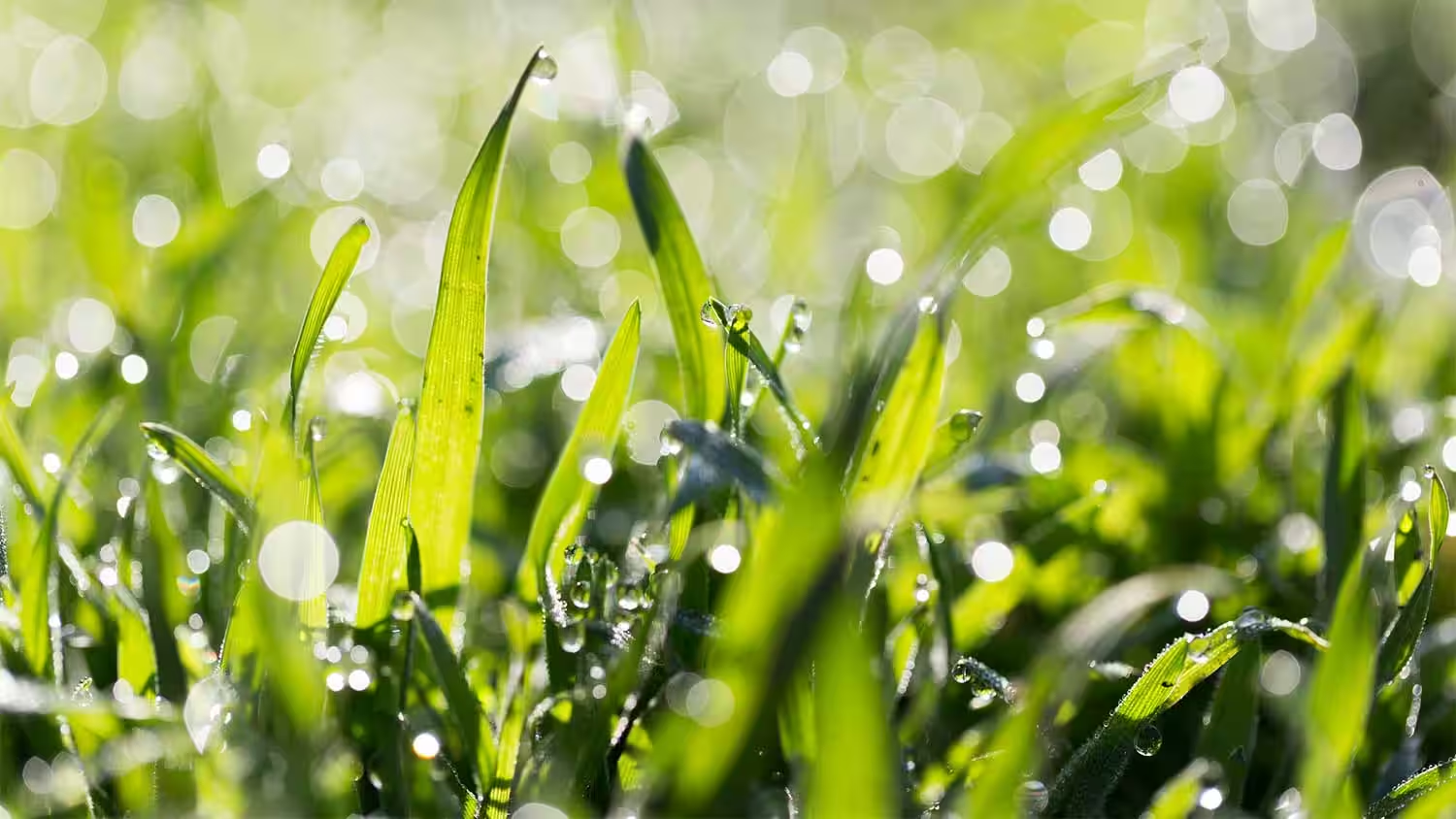
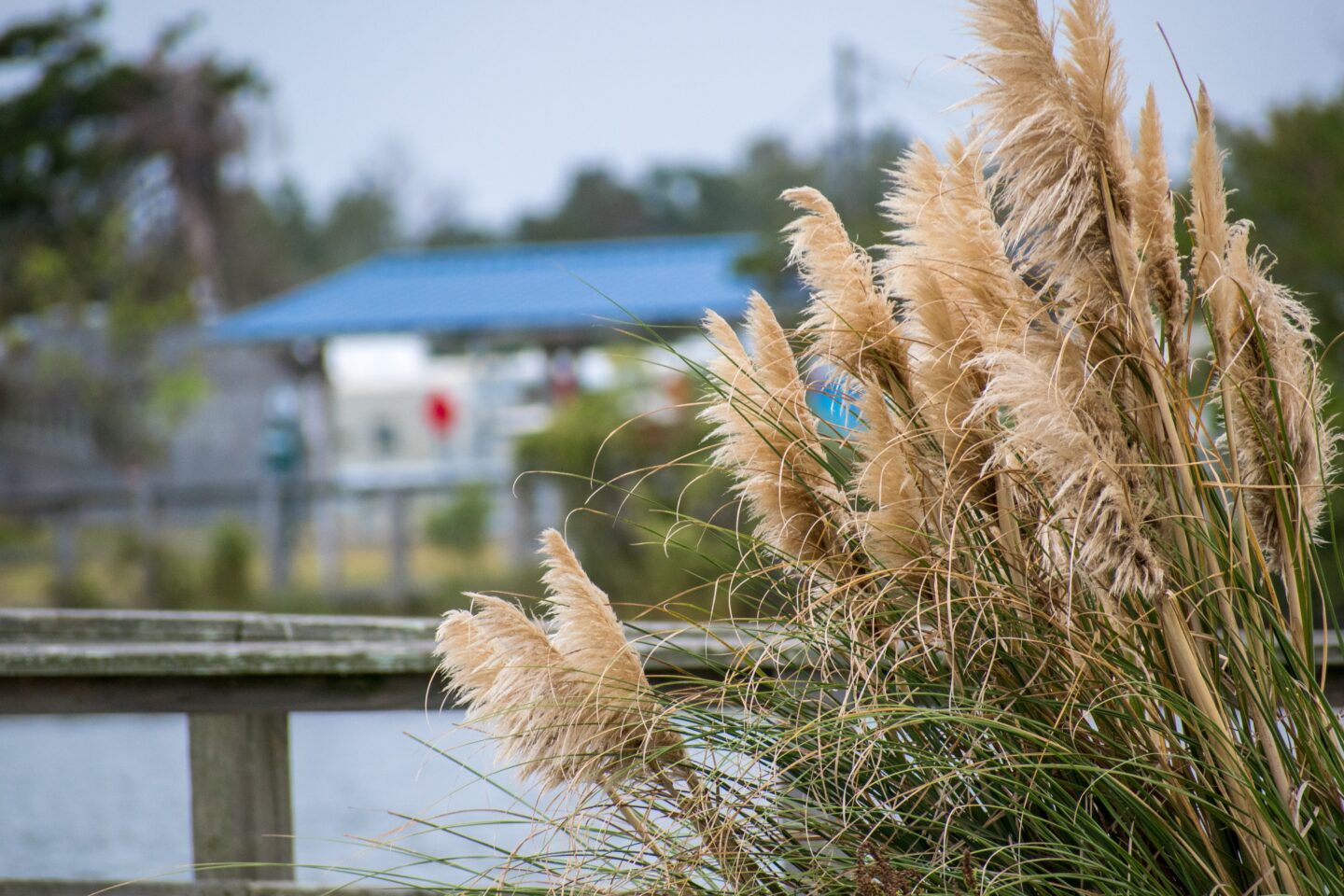
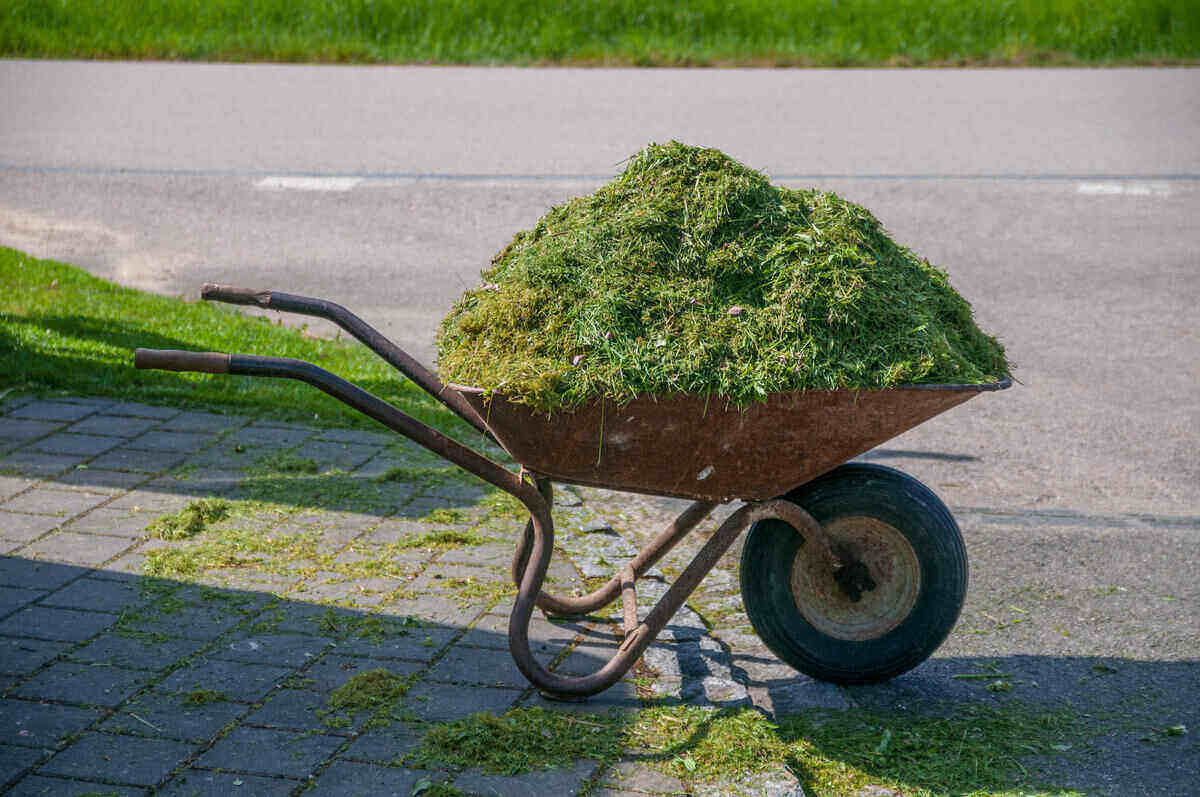



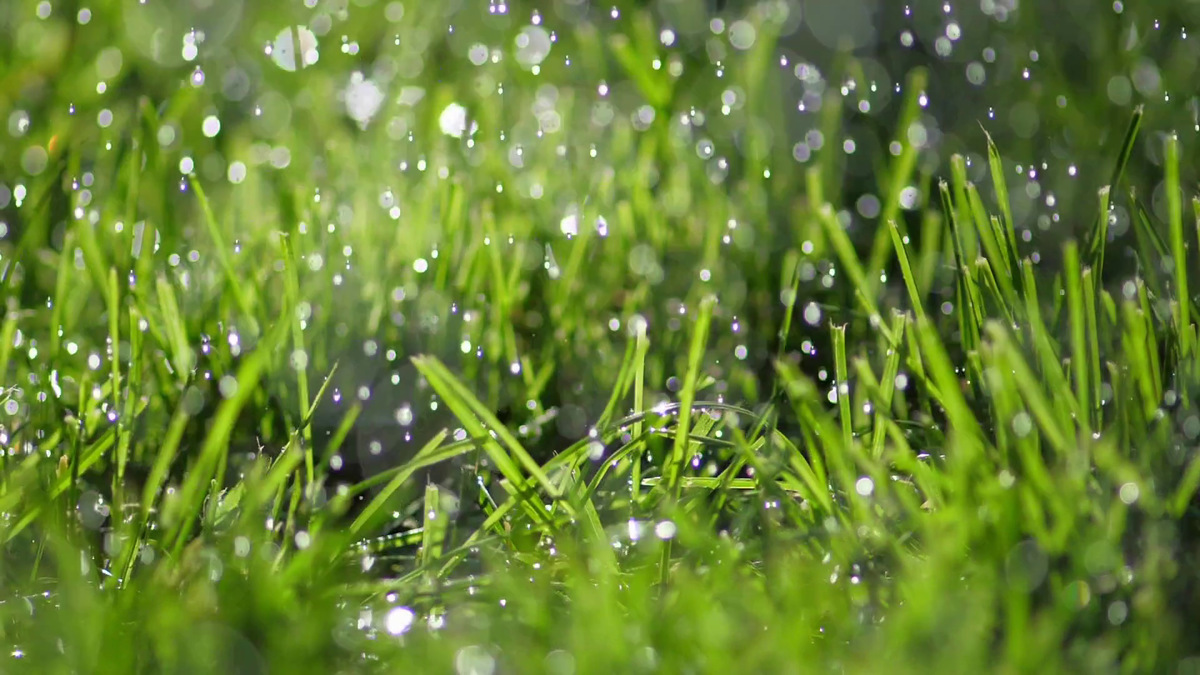

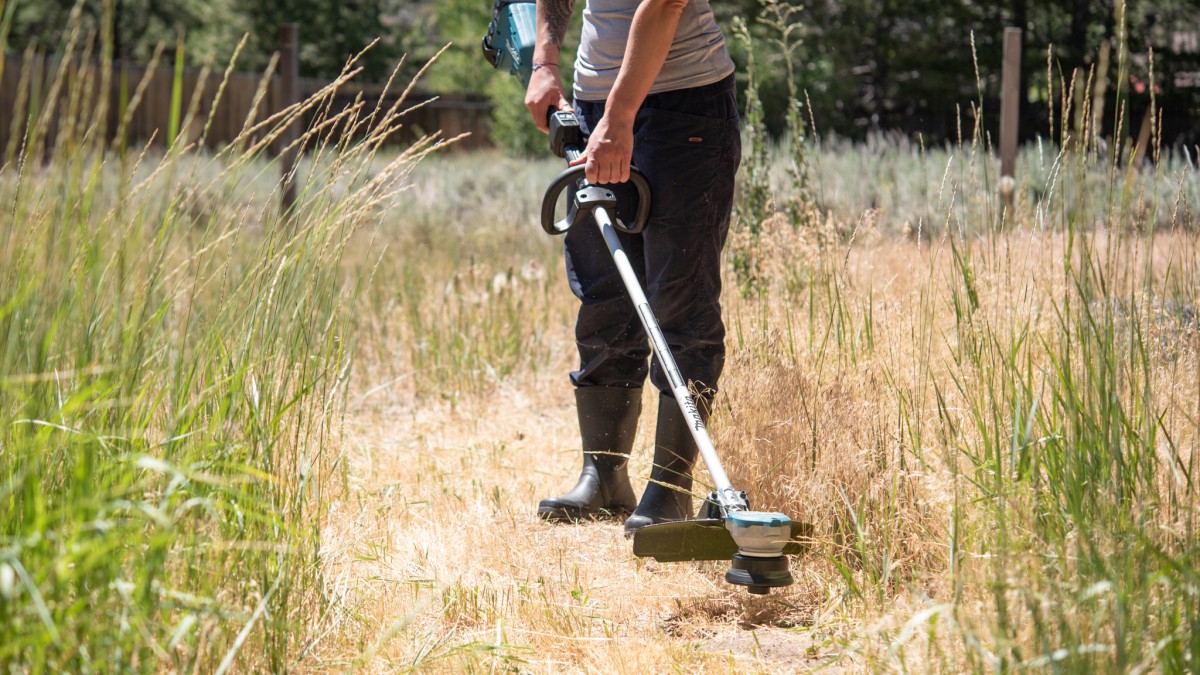
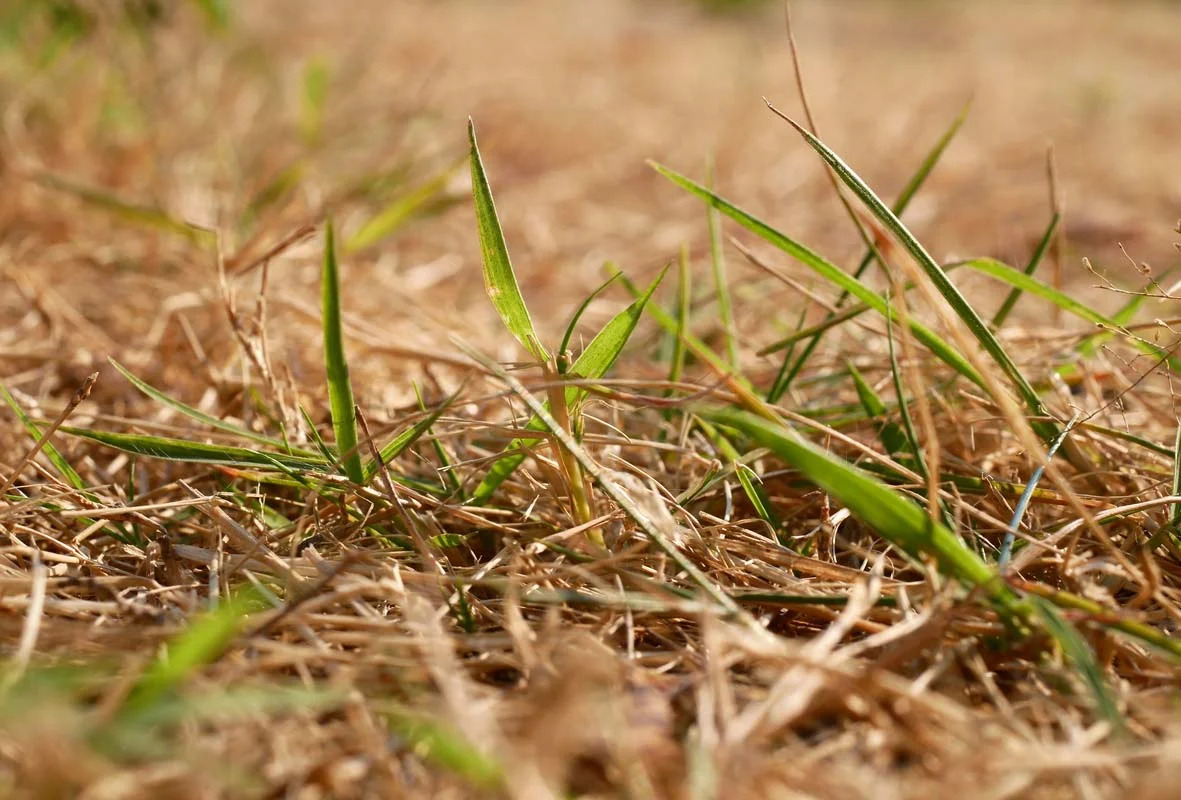
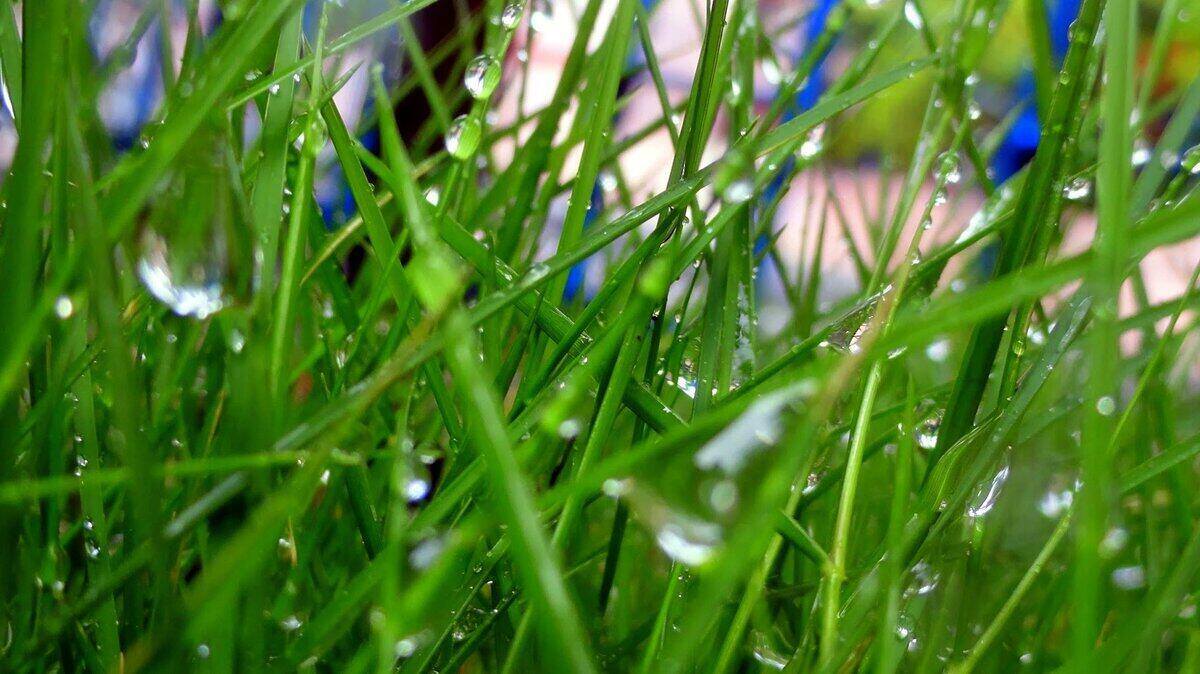
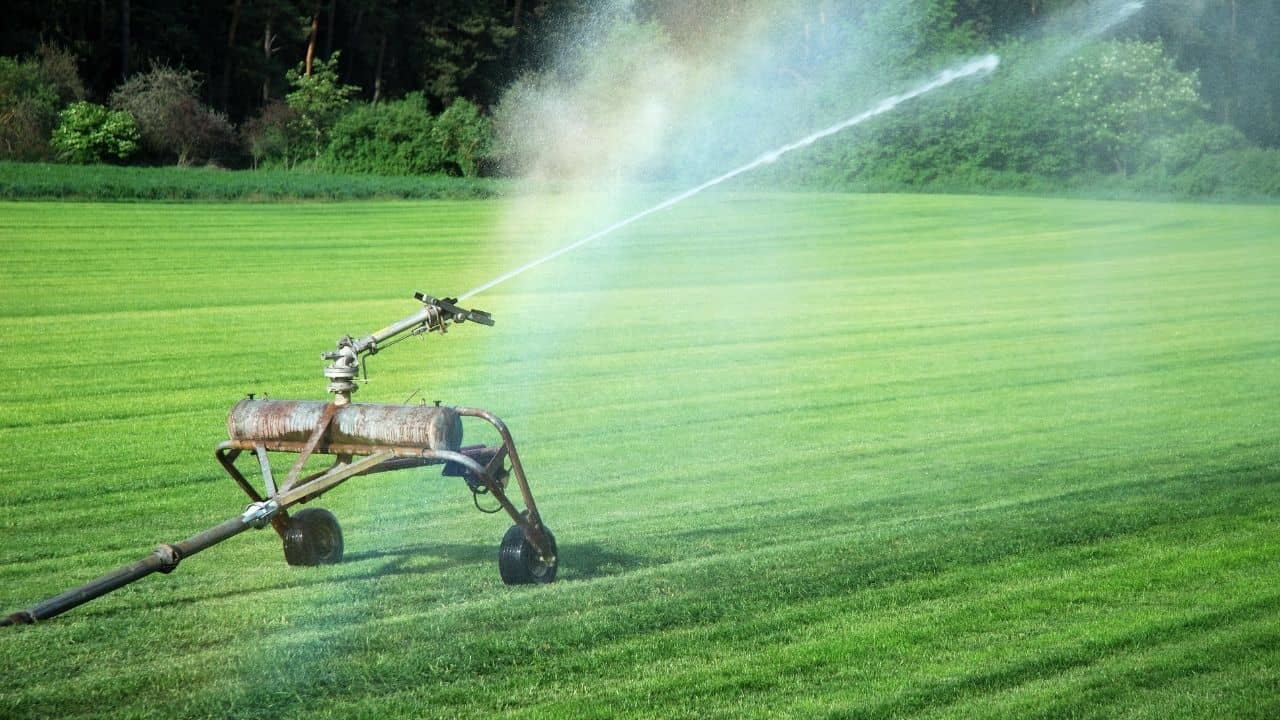
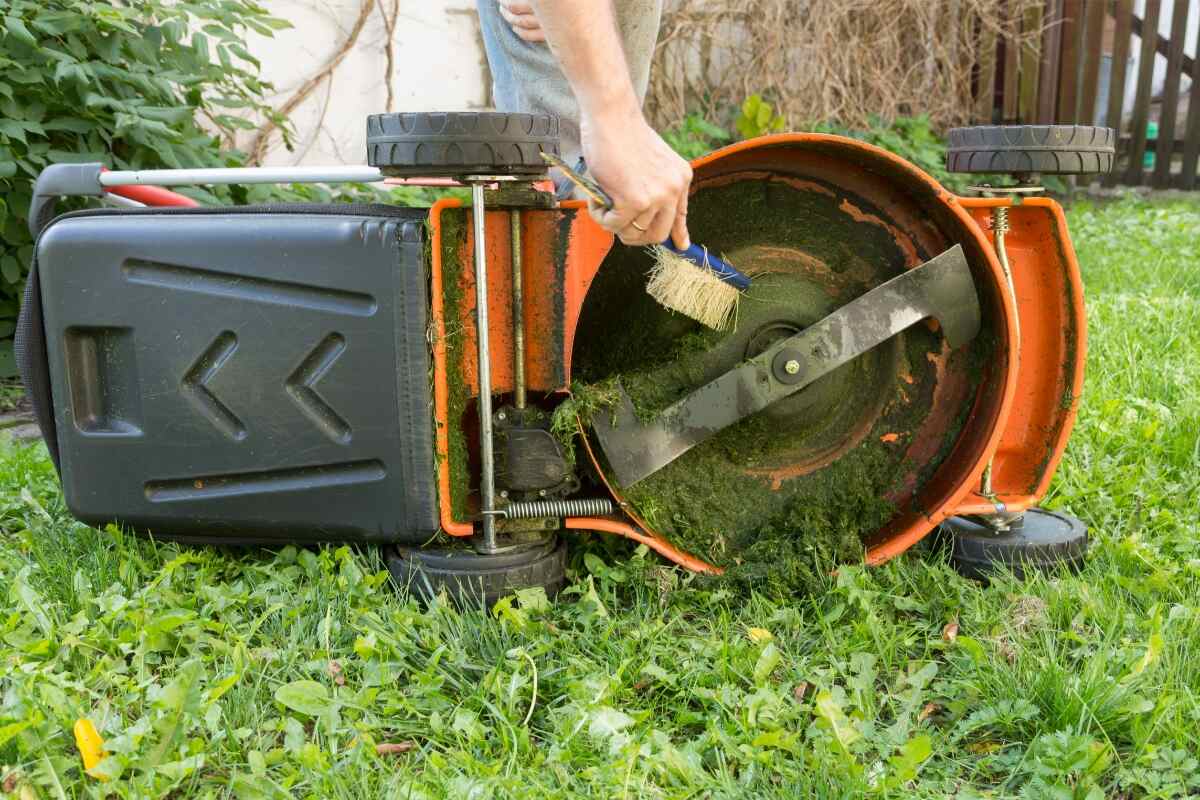
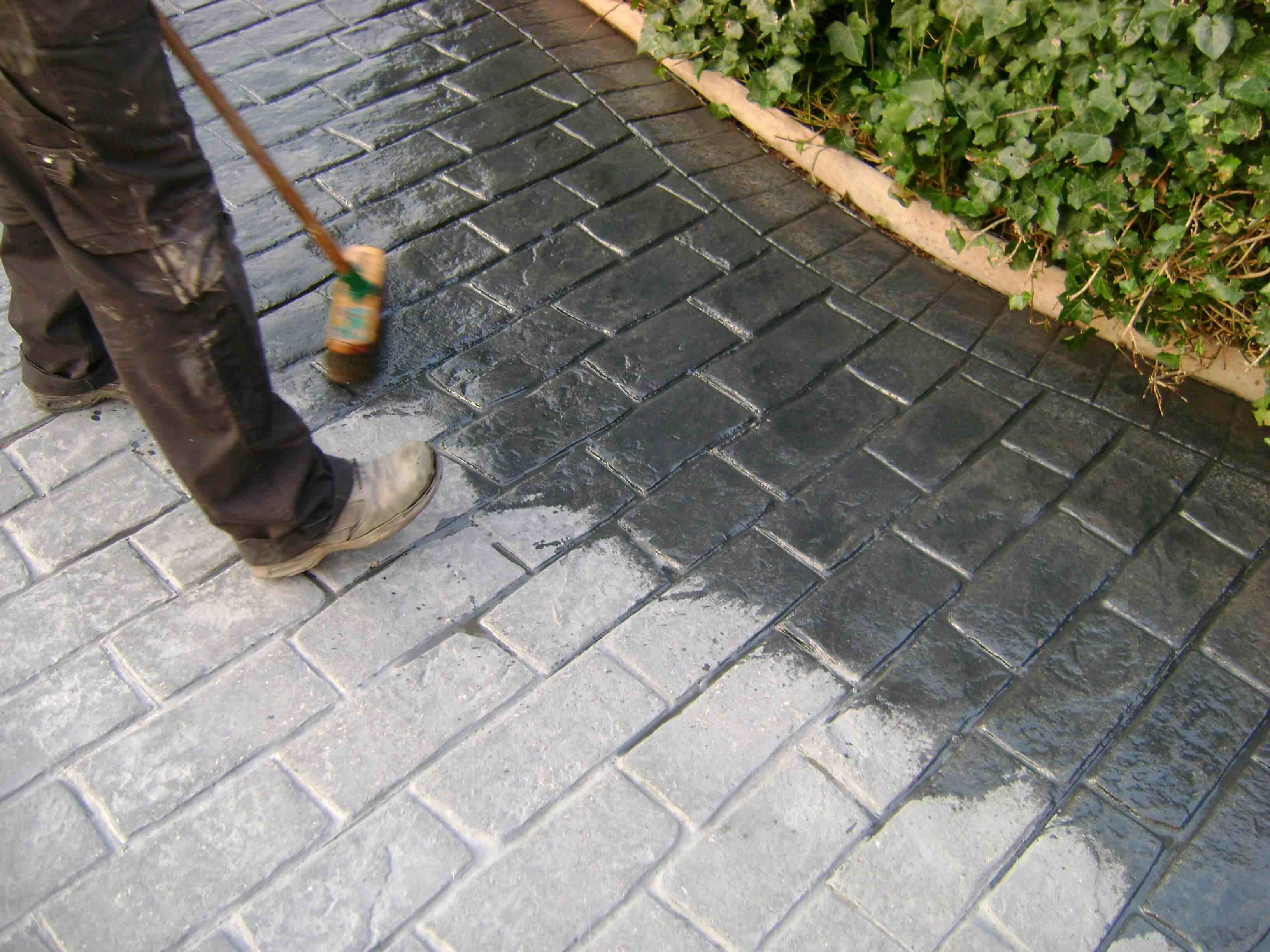

0 thoughts on “How To Repair Dry Grass”